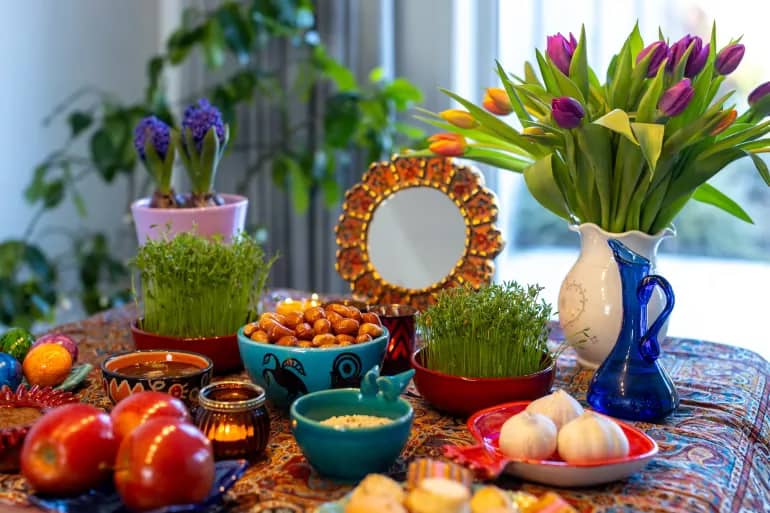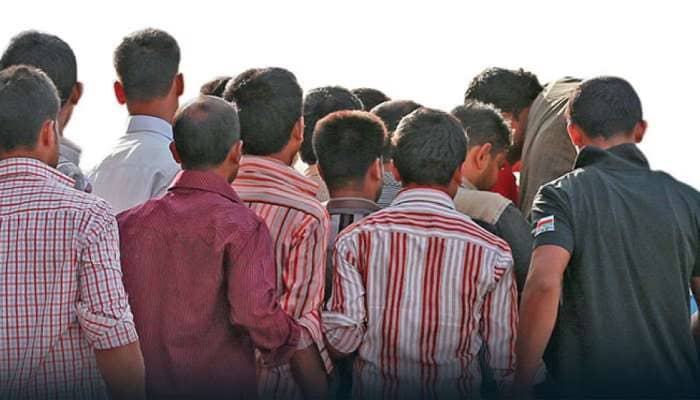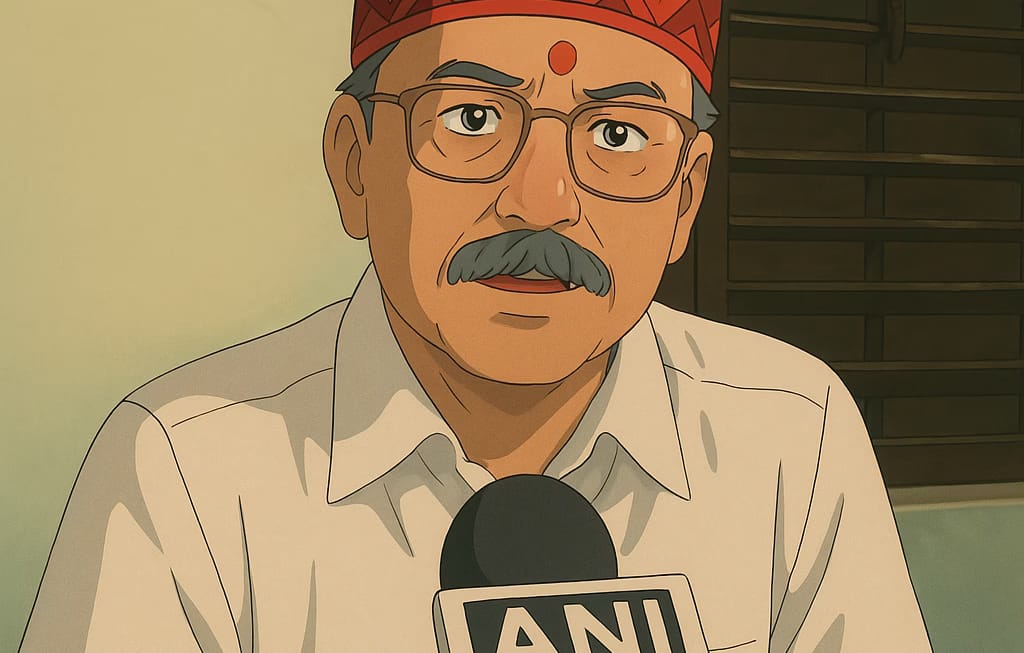What is Nowruz? Nowruz, meaning “New Day” in Persian, marks the first day of spring and the Persian New Year. Celebrated for over 3,000 years, it has deep roots in Zoroastrianism, an ancient Persian religion. Unlike many old traditions that faded, Nowruz remains a widely observed festival.
The celebration aligns with the spring equinox, when day and night are nearly equal. This astronomical event symbolizes balance, renewal, and fresh beginnings, which are central themes of Nowruz.
When is Nowruz 2025? Nowruz occurs at the exact moment of the spring equinox. In 2025, this will be on Thursday, March 20, at 12:31 PM Iran Standard Time (9:01 AM GMT). The exact timing varies worldwide:
- New York, USA: 5:01 AM EDT
- United Arab Emirates: 1:01 PM GST
- India: 2:31 PM IST
- Azerbaijan: 1:01 PM AZT
Since Nowruz is based on precise astronomical calculations, its timing shifts slightly each year.
Where is Nowruz Celebrated? Nowruz is observed across regions influenced by Persian culture, including:
- Iran, Afghanistan, and Azerbaijan
- Central Asia: Uzbekistan, Turkmenistan, Tajikistan, Kazakhstan, Kyrgyzstan
- The Caucasus, the Middle East, and the Balkans
- Kurdish communities in Iraq, Syria, and Turkey
- Parsi and Zoroastrian communities in India and Pakistan
Parsis, who migrated from Persia to South Asia between the 8th and 10th centuries, continue to celebrate Nowruz with their unique traditions.
How is Nowruz Celebrated? Nowruz traditions reflect themes of renewal, purification, and community. Though customs vary by country, some are universal:
Spring Cleaning (Khaneh Tekani)
Before Nowruz, families thoroughly clean their homes. This symbolizes removing negativity and making space for a fresh start.
Chaharshanbe Suri (Fire Jumping Festival)
On the last Wednesday before Nowruz, people light bonfires and jump over flames, chanting phrases that symbolize shedding past hardships and embracing a bright future. (Learn more about Chaharshanbe Suri)
Visiting Family and Sharing Meals
The first few days of Nowruz focus on family gatherings, exchanging gifts, and festive meals. Traditional dishes include:
- Sabzi Polo ba Mahi – Herbed rice with fish
- Ash Reshteh – Persian noodle soup
Sizdah Bedar (Nature Day Picnic)
On the 13th day of Nowruz, families go outdoors for a picnic. This tradition is believed to ward off bad luck. (Discover Sizdah Bedar traditions)
What is the Haft Sin Table? A key tradition in Nowruz is the Haft Sin table, arranged with seven symbolic items starting with the Persian letter “S” (س):
- Sabzeh (sprouted wheat or lentils) – Symbolizes renewal and growth
- Samanu (sweet wheat pudding) – Represents patience and strength
- Senjed (dried oleaster fruit) – Symbolizes love and wisdom
- Seer (garlic) – Represents health and protection
- Seeb (apple) – Symbolizes beauty and good health
- Serkeh (vinegar) – Signifies aging, patience, and wisdom
- Sumac (red spice) – Represents sunrise and the triumph of light over darkness
Additional items often include mirrors (reflection), painted eggs (fertility), goldfish (new life), and candles (light and happiness). Many families also place a book of poetry—like the Quran, Shahnameh, or works of Hafez—to bring wisdom for the new year.
Nowruz 2025 Celebrations Around the World In 2025, various Nowruz celebrations will take place worldwide. For example, San Francisco will host art exhibitions, musical performances, and cultural events starting March 14.
Conclusion Nowruz 2025 is a time to embrace new beginnings, balance, and personal growth. Whether through ancient traditions, family gatherings, or community events, Nowruz offers an opportunity to celebrate renewal and the arrival of spring. Join millions worldwide in keeping this 3,000-year-old tradition alive.



